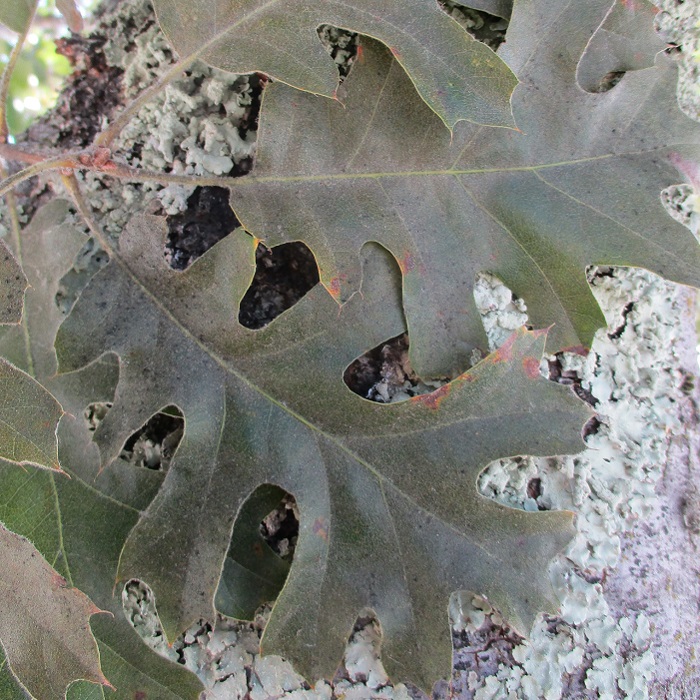UNITED STATES—Autumn is slow in getting here. Yes, as of last Sunday, it is now autumn. The date is determined by the equinox, so is the same for everyone in the Northern Hemisphere, and is the same for the arrival of spring in the Southern Hemisphere. It just takes a bit longer for autumn weather to develop in the mild climate here. Nights are cooler. Shorter days are not as warm as they had been.
Even without the pretty foliar color that cooling weather prompts in other regions, deciduous foliage is already beginning to fall. Poplars, willows and some other trees that a naturally endemic to riparian environments are the first to start. Some are actually developing a slight bit of color, mostly soft yellow. More colorful foliage needs cooler weather, so it will develop as weather gets cooler.
Sooner or later, falling leaves will need to be raked from lawns and groundcover. Trees that drop their leaves for a long time through autumn and into winter necessitate more frequent raking, even if their leaves do not accumulate enough to do much damage. Trees that drop their leaves within a shorter season can quickly drop enough to shade out turf or groundcover, or cause them to rot.
Because fallen leaves can stain hardscape surfaces, they should be raked efficiently from pavement and decking as well. Those of us who do not mind the staining, or even appreciate its rustic patina, might leave some of the fallen foliage out for a while, but should not leave it out long enough to promote rot in decking. Some leaves cause staining quite quickly, especially if wet from rain.
If leaves need to be raked from the garden and pavement, they probably need to be cleaned from roof gutters and anywhere else they accumulate on roofs. Just like raking, the clearing of fallen leaves from gutters and roofs is scheduled around the timing of the falling leaves, although it is not nearly as frequent. It may even be unnecessary if trees are too far from roofs for their leaves to fall or be blown onto them. Leaves that stay in gutters too long eventually decompose and clog downspouts.
Highlight: California black oak
The most popular hardwood in California is essentially unavailable in nurseries. California black oak, Quercus kelloggii, provides between a quarter and a third of the hardwood timber harvested in California. One would not know it by its sporadic appearance within mixed forests of the Coastal Ranges. It is much more common in the Sierra Nevada, which might be why no one grows it.
Mature trees can top out at 30 feet with broad canopies if well exposed, or might be more than 70 feet tall and relatively slender if they must compete with other trees. The biggest trees are more than a 100 feet tall. The sculptural trunks are usually less then four feet wide. Trunks of old trees are commonly rotten inside. Gray and smooth young bark gets rough and dark with age.
The distinctively lobed deciduous leaves of California black oak are not much more than four inches long. They can get nearly twice as long on the most vigorous growth, or where shaded. The dark green foliage will slowly turn brown or yellow through autumn, and then defoliate through winter. It can turn a brighter yellow or orange, but then defoliates faster, if the weather gets cool fast.
Horticulturist Tony Tomeo can be contacted at tonytomeo.com.







